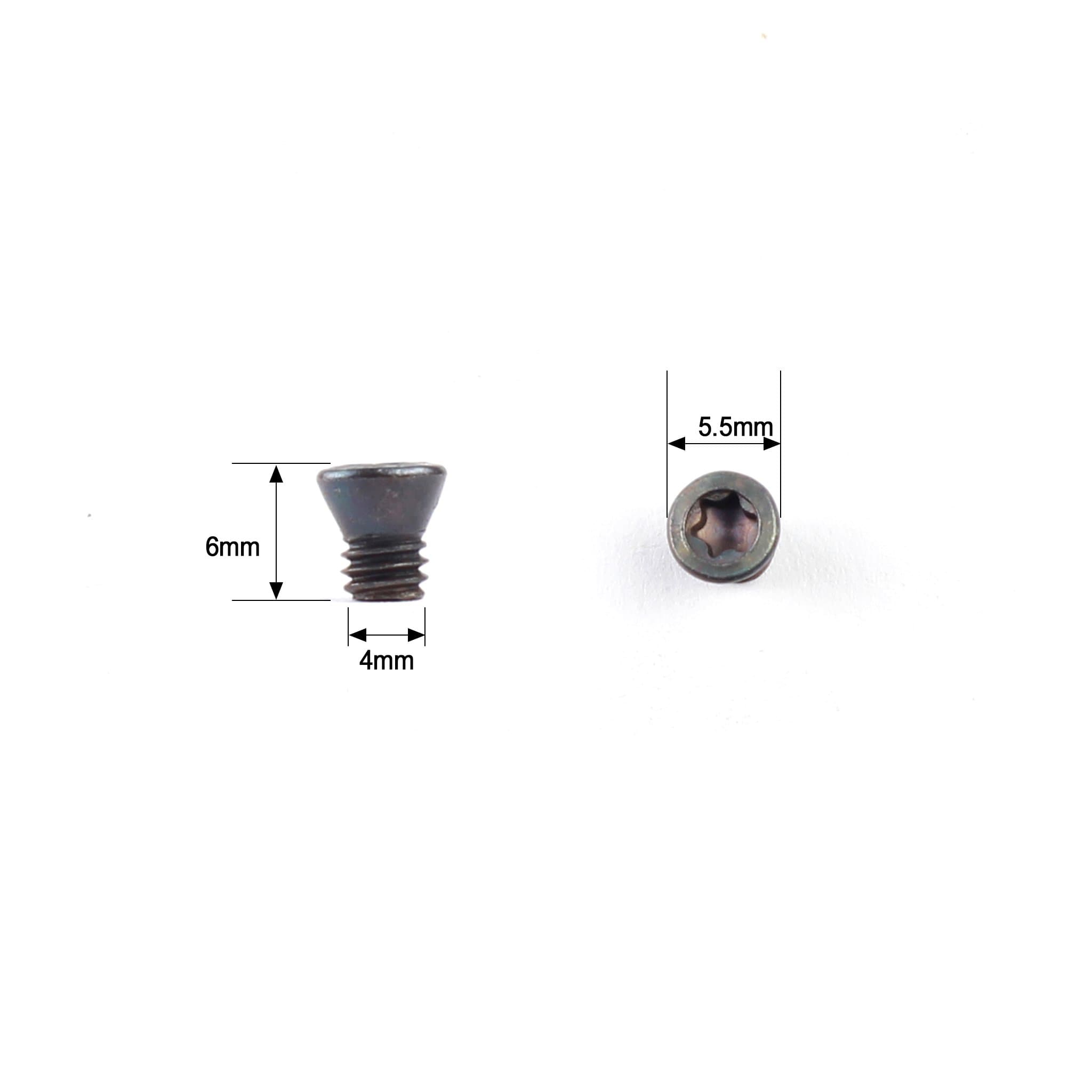WOODTURNING ACCESSORIES
Woodturning Accessories: Screws
Woodturning is a craft that allows you to create beautiful and functional objects from wood. While the lathe and turning tools are essential, there are various accessories that can enhance your woodturning experience. One such accessory category is screws, which can serve different purposes in woodturning. Let's explore some of the woodturning accessories involving screws in detail:

1. Faceplate Screws: Faceplate screws are commonly used to secure a workpiece to a faceplate. They are designed with a taper and a self-centering point to facilitate easy attachment to the wood. The tapered point helps guide the screw into the wood, ensuring a centered and secure grip. Faceplate screws come in different lengths and thread sizes to accommodate various workpiece sizes. They are typically made of steel or other durable materials to provide strength and stability during turning.
2. Chuck Screws: If you use a woodturning chuck, you may need chuck screws or jaws that come with the chuck. These screws are specifically designed to fit into the chuck jaws and securely hold the workpiece. The chuck jaws are adjusted to grip the workpiece firmly, allowing for safe and efficient turning. Chuck screws can have different thread patterns and sizes depending on the chuck model and manufacturer. It's important to use the appropriate screws recommended by the chuck manufacturer to ensure compatibility and optimal performance.
3. Hold-Down Screws: Hold-down screws are commonly used to secure a workpiece to a jig or fixture during woodturning. These screws have a flat or rounded head and are threaded into the jig or fixture to provide a secure hold on the workpiece. Hold-down screws are particularly useful when turning irregularly shaped or unbalanced pieces that require extra stability. They help prevent the workpiece from moving or vibrating during the turning process, ensuring a safer and more controlled turning experience.
4. Specialty Screws: There are specialty screws available for specific woodturning applications. For example, hanger screws have a threaded end and a machine screw-like head, making them suitable for attaching hooks or hanging hardware to turned objects. These screws allow you to add decorative or functional elements to your turned pieces. Shoulder screws, dowel screws, and set screws can also be used for specific woodturning projects or holding mechanisms, depending on the desired application and requirements.
5. Threaded Inserts: Threaded inserts are versatile accessories used in woodturning to create threaded holes in wood. They can be made of metal or plastic and are installed using specialized tools, such as a threaded insert driver or a threaded insert chuck. Threaded inserts provide a reliable and durable way to create threaded connections in wood. They allow for repeated attachment and removal of screws, making them particularly useful for jigs, fixtures, or tool handles. Threaded inserts come in various sizes and thread patterns to accommodate different screw sizes and requirements.
When using screws in woodturning, it's important to choose the appropriate screw size, thread pattern, and length for the intended application. Pre-drilling pilot holes can help prevent splitting or cracking of the wood when inserting screws. Additionally, always exercise caution and wear appropriate safety gear when working with screws and other woodworking tools.
In conclusion, screws are valuable woodturning accessories that serve different purposes in the craft. Faceplate screws, chuck screws, hold-down screws, specialty screws, and threaded inserts are all examples of woodturning accessories involving screws. Incorporating these accessories into your woodturning projects can enhance safety, efficiency, and versatility, allowing you to create stunning turned objects with precision and ease.
